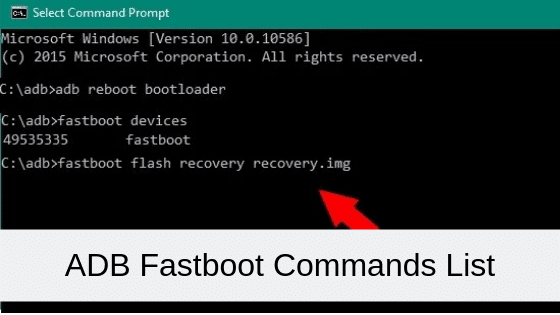ADB (Android Debug Bridge) is a powerful tool primarily used by developers to test apps and perform various tasks on Android devices. However, ADB commands can also be beneficial to average users, allowing them to uninstall bloatware, block app access to the clipboard, and perform other useful functions. Traditionally, running ADB commands required a computer, but now there’s a way to do it directly on your Android device. In this guide, we’ll show you how to run ADB commands on Android without a computer.
Prerequisites: Android 11 or Above
Before we dive into the steps, it’s important to note that this method requires your Android device to be running on Android 11 or above. If you’re using an older version of Android, unfortunately, this feature may not be available to you.
Now, let’s get started with the process.
Step 1: Install the LADB App
To run ADB commands on your Android device without a computer, you’ll need to install the LADB app from the Play Store. This app costs $2.99, but it’s well worth the investment considering its functionality and convenience.
Step 2: Enable Wireless Debugging
After installing the LADB app, you’ll need to enable wireless debugging on your Android device. To do this, follow these steps:
- Open the Settings app on your Android device.
- Scroll down and tap on About phone.
- Locate the Build number and tap it 7-8 times continuously. You’ll receive a toast notification saying “You are now a developer.”
- Go back to the main Settings menu and find System. Tap on it.
- Look for Developer options and tap to open it.
- Scroll down and enable Wireless debugging. Make sure to check the “Always allow” option in the dialog box. If you’re using a OnePlus device, also enable Wireless ADB Debugging.
Step 3: Set Up LADB App
Now that you’ve enabled wireless debugging, it’s time to set up the LADB app. Follow these steps:
- Open the LADB app on your Android device.
- Put the LADB app into split-screen mode with the Developer Options page. To do this, tap and hold the LADB app in the overview menu and choose the “Split screen” option.
- Once you’re in split-screen mode, tap on Wireless debugging (not the toggle) and then select the “Pair device with pairing code” option.
- Take note of the pairing code and port number next to the IP address. Enter these details in the LADB app.
- Tap on Okay to establish the connection. Remember, this process must be done in split-screen mode to ensure the pairing information doesn’t change.
Step 4: Establish ADB Connection
Now, you’ll need to wait for the LADB app to establish a local ADB connection. You can exit the split-screen mode while waiting for the connection to be established. Once the connection is made, you’ll receive a notification saying “Wireless debugging connected” and see the “Hello world” output within the LADB app.
Step 5: Run ADB Commands
Congratulations! You’ve successfully set up the LADB app and established an ADB connection on your Android device. Now, you can run ADB commands without the need for a computer.
In the LADB app, you don’t need to add “adb” or “adb shell” initializers as you’re already within the local ADB shell. Simply run the operative part of the command and tap the “Enter” button on the keyboard. For example, to grant Write Secure Settings to Tasker, you can use the following ADB command:
pm grant net.dinglisch.android.taskerm android.permission.WRITE_SECURE_SETTINGS
Conclusion
Running ADB commands on your Android device without a computer is now possible thanks to the LADB app. By following the steps outlined in this guide, you can unlock the power of ADB and perform various tasks directly on your device. Whether you’re an average user looking to uninstall bloatware or a developer testing apps, this method provides a hassle-free way to utilize ADB commands. Give it a try and explore the possibilities!
If you encounter any issues or have further questions, please let us know in the comments section below. We’re here to help you make the most of your Android device!
Experiencing difficulties with your Device, check out our “How To” page on how to resolve some of these issue.





1 comment